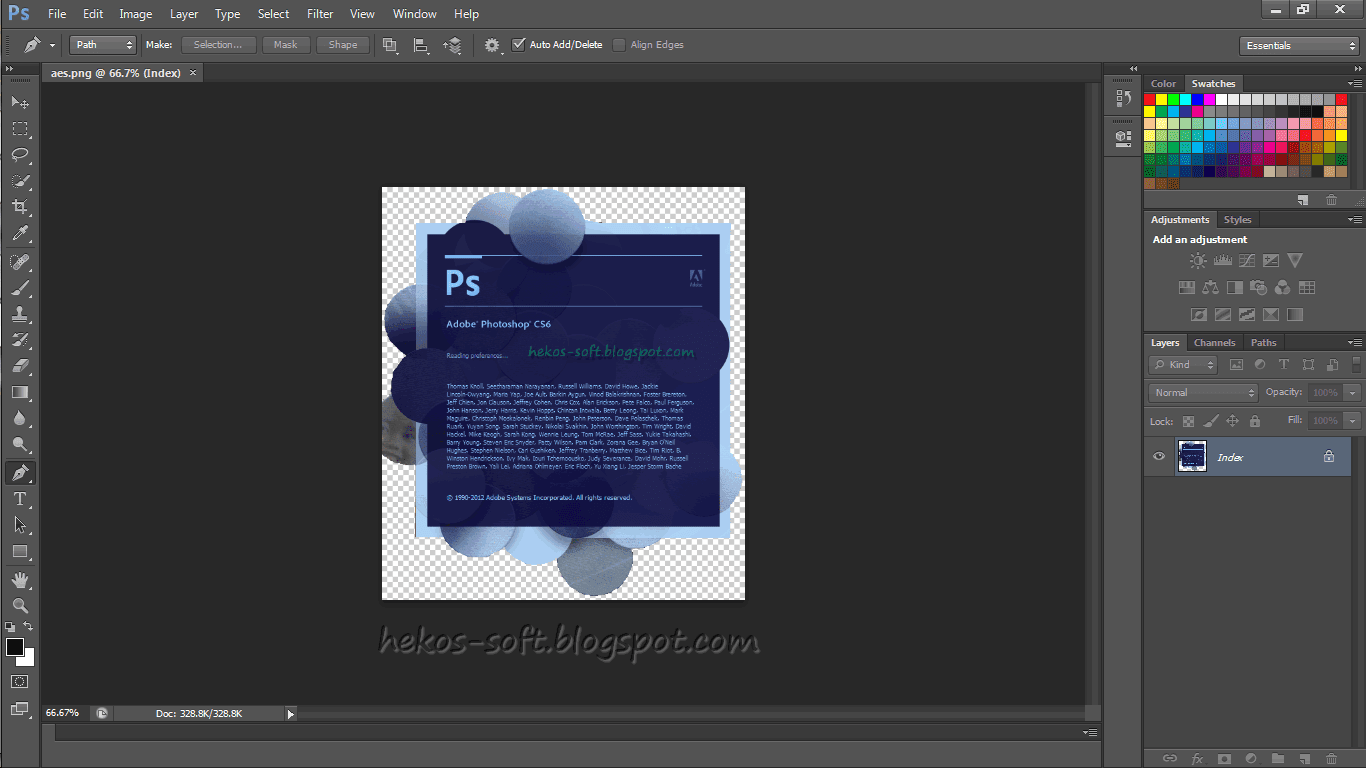
Test the action by opening another image, selecting the action in the Actions panel, and clicking Play.Drag out the gradient, then go to the Actions panel and click Stop.If you don't want the action to continue without user input, make sure this option is not checked. There's also an option at the lower left to Allow Continue.


That way the dialog box opens so that the layer can be named while creating the copy, and it's recorded as one step. For instance, if a new layer is to be duplicated and renamed, use the Duplicate Layer command in the Layer menu. Minimize the number of steps in an action by using dialog boxes wherever possible.This way, you'll avoid having the action stall when used on files with different layer names. When certain layers need to be selected, use the keyboard shortcuts: Alt+ (PC) / Option+ ] (Mac) to record a Select Forward Layer command.In this example, an action will be recorded to create a Black & White adjustment layer and then apply a gradient to the layer mask, with an action stop for the user to determine where the gradient should be applied in the mask. Action stops can also be created to allow user input at the end of a recorded command. Most, but not all commands can be recorded in an action.

Photoshop Actions are great for speeding up or automating repetitive processes.
#Free photoshop cs6 actions for mac how to#
How to Insert Action Stops in Adobe Photoshop See Adobe Photoshop: Tips and Tricks for similar articles.


 0 kommentar(er)
0 kommentar(er)
